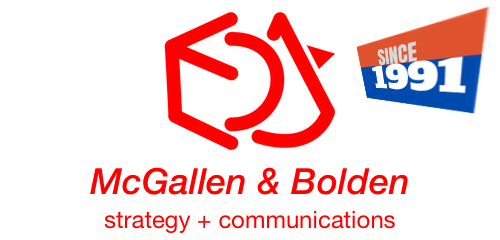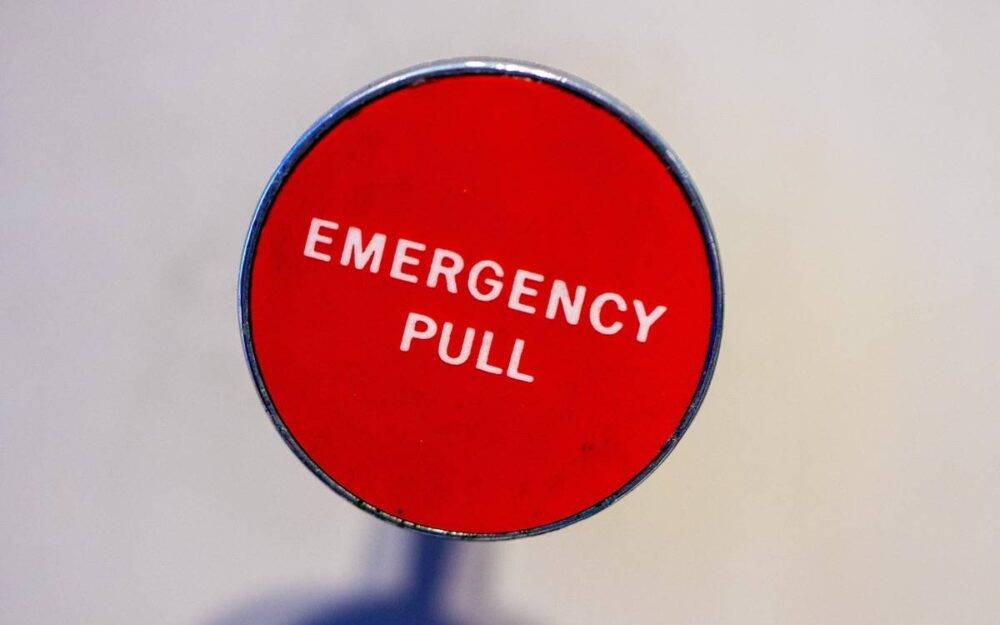When folks think of theoretical physics, some may imagine a bunch of nerds/geeks in the light of Big Bang Theory (the TV series that ran for an amazing 12 seasons). Yes, physics, to many, may just be something esoteric scientists are stretched out in a room drawing figures and charts on a whiteboard for days on end.
However, did you know that theoretical physics can have practical applications in our daily lives? And they do. And even more interestingly, if you stretch your mind a little, theoretical physics may have bearing on crisis management as well.
Let me just quote 3 such theoretical physics principles to illustrate this point.
Newton’s Third Law – Action and Reaction
Newton’s Third Law of Motion posits that for every object that exerts force on another, the other object will exert an equal and opposite force to the first object. To coin the Buddhist lingo, this would be known as “cause and effect”, there every effect has a cause. Simplistically, if you treat people well, they will return in kind. And the converse is true too, that if you treat people badly, don’t expect that they will return in kind.
Right now deep in the global crisis, you can already see pushbacks from the communities worldwide, some peaceful some violent. The populace has been pushed hard against the walls in many of these communities, having dried out what little “subsidies” were given, and some having no jobs or businesses to return to, it is incredibly hard to still adhere to draconian demands and expectations from a minority. Talk is cheap, but people want to make an honest living day in and day out, with a routine that reminds them of their abilities and their self-worth, to be able to independently put food on the table for their families. That is human nature. That is also the law of nature, as Sir Isaac Newton presented.
The martial arts legend Bruce Lee said famously, “Be water, my friend”. He said that water can take the form of any shape of an object it flows into. In a cup, water takes the shape of a cup. He meant that to win, you have be to pliable in body and mind, and not be stubborn or arrogant. If you are open-minded, you can find a better way to solve a problem or to dissolve a crisis.
The ancient Chinese philosophy of Taoism also has something akin to Newton’s Third and Bruce Lee’s “be water”, embodied in “無爲“, which is hard to explain simply, but can be interpreted as flowing with the way of the universe rather than to oppose it, and in turn achieve great things because of this strength in harmony.
Heisenberg Uncertainty Principle
German physicist and 1932 Nobel Laureate Werner Heisenberg, arguably the “father” of quantum mechanics, a branch of theoretical physics, wrote the paper on the “uncertainty principle (Ungenauigkeit or “imprecision” in German)” in 1927 over at Copenhagen. Interestingly, it was Dr Albert Einstein who nominated Heisenberg for the Nobel Prize, go figure.
Heisenberg’s Uncertainty principle, simply, means that if we can measure the position of a particle, then we will not be able to accurately measure the momentum of this particle; and conversely, if we can measure accurately the momentum of this particle, then we will not be able to accurately measure its position.
Crises occur generally quite randomly. If they could be anticipated they won’t be crises would they? Like the Heisenberg Uncertainty principle, we need to understand that there is NO way we can commandeer everything in a crisis. We can only perhaps control a few of the parameters and steer outcomes to the best compromise possible. Crisis management is NOT a zero-sum game where you win all. You will lose some. You will need to reconcile and accept that. For example, you may lose brand faith. You may lose customer loyalty. You may lose money (very likely). And in very bad crises, you may lose human lives.
Most crises can fall under certain categories, such as financial fraud, executive scandals, data breaches, cybersecurity lapses, social media and news dissonance, industrial accidents (e.g. explosions), pandemics/epidemics, etc. The fallout can be deadly, or have major financial, brand, and other repercussions.
While crises cannot be predicted as to when they can happen, organizations can prepare for the above scenarios, with a crisis management program. What we have developed as a system can range from a simple “live” document that details what, who, where, when, and how, an organization and its human resources can be mobilized in the variety of crises above, to a more complex system. We would recommend having such a crisis management system on a “wiki-like” intranet. Talk to us if you need to develop and deploy such an organization-wide system.
Bernoulli’s Fluid Dynamics principle
Ever seen how an aircraft fly? Yes, it is lifted, and therefore it flies. When the velocity of a moving fluid (that can be gaseous or liquid) increases, the pressure within the fluid decreases, according to Swiss mathematician and physicist Daniel Bernoulli. This is how aircraft lifts off with the thrust and flies.
A bit of trivia. Did you know Bernoulli was first educated as a medical doctor, and then went on to his PhD in anatomy and botany, before ending up as a professor of math?
How does Bernoulli’s principle factor in a crisis?
A crisis is a pressure chamber, where every stakeholder is pressured or stressed in a compressed framework and timeframe. To release this pressure or stress, we need “lift”. And this is where moving forward together in a synergistic manner, akin to jet fuel propelling an aircraft forward, is the key driver. To enable a cordial or acceptable exit from the “pressure chamber” of a crisis, leader or team, need to be able to work together, without fear, oppression or purgatory. This means that every team member should be able to be seen as of value, rather than merely a peg and bolt. Imagine some of the worst aircraft disasters that were due to a simple part, and you see why EVERY part, or every human member of a team, is important in a crisis to move forward in unison together.
Art and Science
I hope this short post tickles you a little on how the “boring” subject of theoretical physics can shed light on how communicators, corporate executives and leaders think about crisis management. Theoretical physics, as esoteric as the field is in other science fields (my own is biochemistry), is very much a science as it is art.

Dr Seamus Phan – Global C-suite Publicist & Strategist (Biochemist, Cybersecurity & Webdev pioneer, Author, Journalist) with 37 years of professional field experience.




